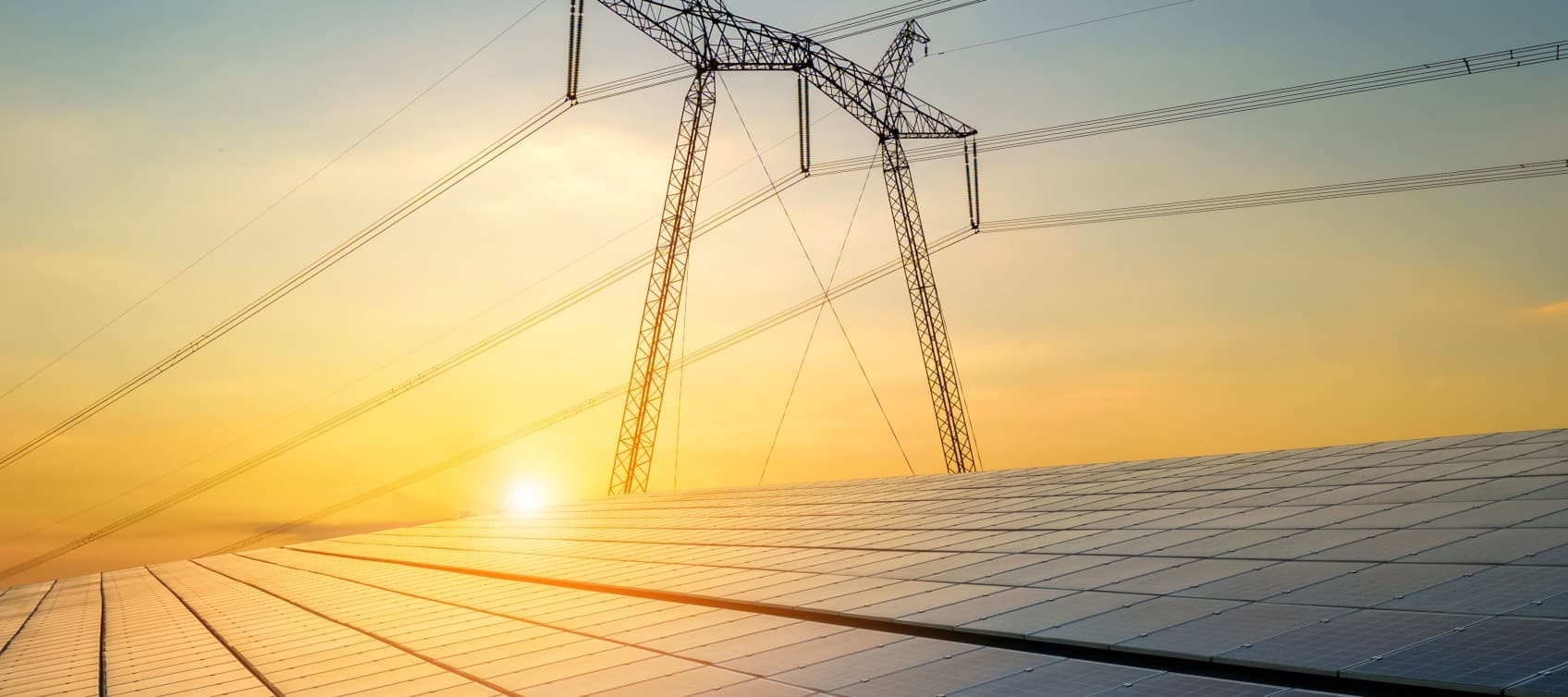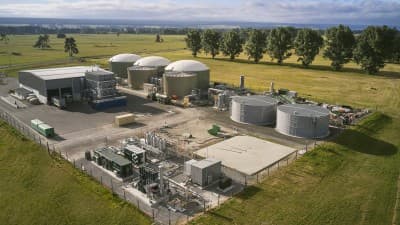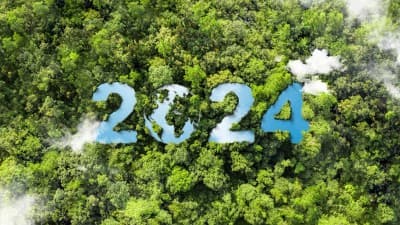World’s largest battery now online in the Mojave Desert
In California’s Mojave Desert, an enormous new solar power plant and battery came fully online in January this year. The Edwards Sanborn Solar and Energy Storage project features almost two million solar panels, with an incredible 875-megawatt generation capacity. Equally impressive is the battery storage system, which comprises of over 120,000 batteries with a total capacity of 3,300 megawatt-hours – the largest battery in the world.
The project is sending enough electricity to California’s grid to power around 238,000 homes and abate 320,000 tons of carbon dioxide emissions each year.
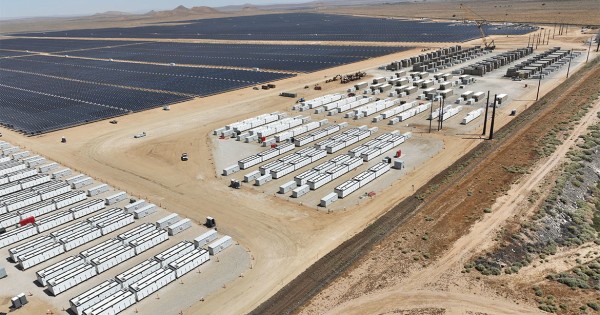
Source: iStock image used for illustrative purposes only. Not an actual representation of a Clarus business.
Clean electricity is forecast to meet global demand
The world is on track for record-breaking renewable electricity generation over the next two years. By 2026, electricity from low-emissions sources is forecast to account for almost half of all global generation, according to a recent report from the International Energy Agency (IEA).
On the flipside, the IEA forecasts that coal-fired electricity generation will fall by 1.7% each year for the next three years. Overall, emissions from electricity generation are entering structural decline, says the IEA: “Global CO2 emissions from electricity generation are expected to fall by more than 2% in 2024 after increasing by 1% in 2023.”
That aligns with the World Economic Forum’s estimate that global greenhouse gas emissions peaked in 2023 and will start dropping from this point out. Its global map identifies how nations are progressing, and New Zealand is already seeing declines, along with Australia and most other developed countries.
Offshore turbines go vertical – with dramatic cost savings
We’re used to seeing wind turbines with a central pillar and huge blades. But rethinking that traditional shape could allow for cheaper and more accessible wind energy.
Scandia National Laboratories has just released the details and design for floating turbine where the blades circle around a vertical axis. Reminiscent of a hand-held egg-beater, the blades are curved and attached at the top and bottom of a tensioned centre support. The 22-megawatt prototype should be much cheaper than other types of offshore turbines. Estimates from Scandia’s ARCUS project put the cost of its floating vertical-axis turbines at $55 per megawatt. Traditionally-shaped offshore turbines are much more expensive: $78 per megawatt for fixed-position turbines or $133 for floating turbines.
This could help to make it more affordable to scale up offshore wind turbines, which has considerable potential as an energy source.
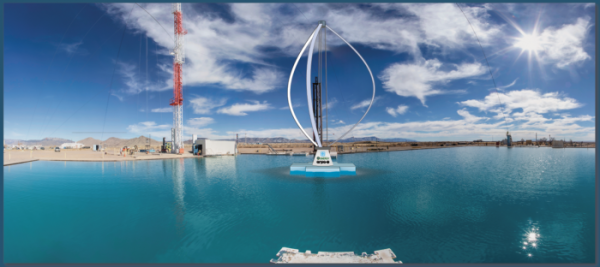
Photo: A digital impression of the new floating turbine design
European CO2 Summit
The annual European CO2 Summit took place in February 2024 in Austria. Speaking at the summit was the President of the World Biogas Association, Charlotte Morton, who revealed some impressive data including;
- There are 105 billion tonnes of organic wastes waiting to be used globally. If not recycled 89% of these wastes emit methane and other GHG emissions.
- Through a variety of feedstocks, the deployment of AD could generate enough renewable energy and biogenic CO2 to meet one third of today’s global gas demand.
- This could enable the displacement of 3,500 MtCO2e emissions. Enough to supply 46% of the total nitrogen fertiliser demand by recycling valuable nutrients, displacing artificial fertilisers and saving 380 MtCOe emissions.
- Avoiding emissions from poor waste management, biogas alone can deliver 50% of the Global Methane Pledge, saving 1,200 MtCO2e emissions.
To learn about how Clarus is supporting the transition to a net zero carbon New Zealand, visit Future of Energy.

